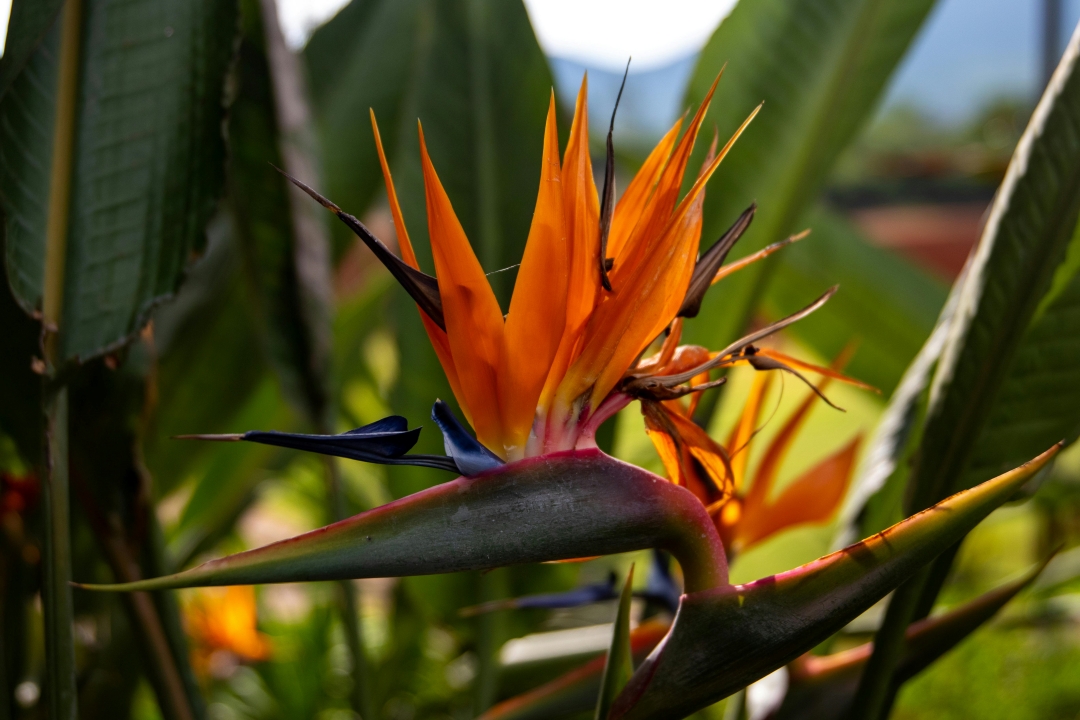
Because of the shape of the bracts, heliconia is also called ‘lobster claws’ or ‘wild plantains’. — Photos from pexels.com

RECENTLY, I saw some beautiful heliconias at a shop selling Lunar New Year decorations.
It was pleasant because I, myself, had this flower as home decoration, which would get praises from the visitors.
With its lobster-claw-like bracts, usually with flaming colours of red, orange and yellow, this plant is definitely a good choice for landscaping, especially on the yard’s border or fence.
Because of the shape of the bracts, it is also called ‘lobster claws’ or ‘wild plantains’.
‘Of helix and bird’s beak’
Speaking of names, ‘heliconia’ derives from the Greek word ‘helix’, referring to ‘something spiral’.
Native to Southern Asia, the Pacific Islands and American tropics, the genus comprises more than 190 species in the family ‘Heliconiaceae’.
The popular species are the water cannas with bluish inflorescence, the ‘firecrackers’, the ‘torch’ and the ‘sexy pink’.
This species thrives in tropical environments, and naturally, it attracts pollinators like hummingbirds and butterflies.
The species ‘Bird of Paradise’ (Strelitzia reginae) is often mistaken for heliconia, although they are close relatives. The most common among those in the Strelitziaceae family, the ‘Bird of Paradise’ resembles a bird’s beak and its plumage.

Photo shows ‘Bird of Paradise’, which is often mistaken for heliconia, although they are close relatives.
Cultivation and maintenance
As much as it thrives in tropical conditions, these popular ornamental plants are cultivated in many parts of the world.
Nonetheless, growing them requires close attention to specific needs such as soil, sunlight and consistent moisture. Heliconia is resilient and highly adaptable, but with the right care, it can really flourish.
Some varieties may need partial shade, while others are able to withstand the heat. Regardless, it flourishes with lots of water.
Growing in clusters to save space and with the roots spreading out, heliconia can be planted in pots, but it needs deep and large containers to accommodate the size.
Fill each pot sufficiently with good soil, enriched with humus and manure, to ensure good growth and also long-term low maintenance.
When looking for plant stocks, choose the right variety with enough spreading rhizomes for quick establishment in a plot or a pot.
Pruning is important to – remove the spent or dead heads, together with the stalks.
Heliconia does face risks from pests like the leaf-eating caterpillars and mealy bugs, but this can be controlled by using any good insecticides.
Leaf rot and anthracnose (irregular dead spots on leaves and along the veins, often moving onto the shoots and twigs) can be prevented through removal of the affected parts, or by spraying the plant with good fungicides.
With good practices, the heliconias are quite easy to take care of.
The vibrant appearance of heliconias has inspired artists, designers and photographers.
The bold colours and intricate shapes make them popular subjects for paintings, floral arrangements and landscapers.
Growers like myself really look forward to enjoying another good display of these unique flowers in the garden.
Happy Gardening!
